It takes a lot to get it right. To be a company that lasts more than 100 years by continually evolving and growing to meet the needs of our markets and customers. Our first-to-the-market and best-in-the-market approach led us to receive hundreds of patents over the years and truly shape an industry. We do what others don't in ways they can't. We offer innovative products backed by years of research and development. Beyond our quality products and reliable solutions, we add value for our customers through strong partnerships and a commitment to solving important problems. Brady offers solutions to help increase safety, security, productivity and performance throughout your facility—everything from printing systems, software and high-performance labels to facility signs, safety devices, expert safety services and more.
How to Properly Label Your Equipment to Meet NFPA 70E.

How to Properly Label Your Equipment to Meet NFPA 70E
Overview
The National Fire Protection Association (NFPA) details how to comply with the Occupational Safety and Health Administration's (OSHA) regulation, 29 CFR 1910.333(a), through the NFPA 70E standard.
According to the NFPA 70E standard, there are six primary responsibilities that facilities must meet. These responsibilities include:
- Training for employees
- Written safety program in place that is actionable
- Personal Protective Equipment (PPE) available for employees
- Insulated tools
- Arc flash hazard degree calculations
- Properly labeled equipment
Arc flash labeling is the responsibility of the employer, not the manufacturer or installer of the equipment. Labeling is required for any piece of electrical equipment that may need examination, adjustment, service or maintenance while energized, creating the potential for an arc flash incident to occur.
What Equipment Requires An Arc Flash Label?
In order to comply with the label requirement of NFPA 70E, your team should understand what electrical equipment needs to be properly labeled for arc flash.
Here are a few examples of locations an arc flash label should go.

Switchboards
Ideal for un-terminated wires or cables needing superior abrasion and chemical resistance.
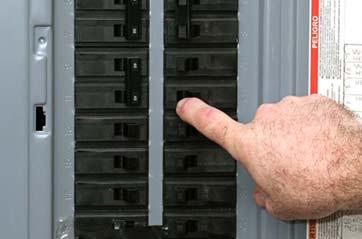
Panel Boards
Ideal for general marking of terminated or unterminated cables and wires that may be curved or become curved.

Industrial Control Panels
Ideal for terminated cables or wires that may need additional abrasion or chemical resistance.

Motor Control Centers
Ideal for getting larger amounts of data on small diameter wire and cables such as fiberoptic cables.

Production Line
Ideal for multi-conductor cables or bundled wires/cables.
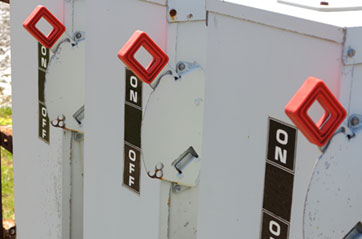
Seven Elements of an Arc Flash Label
Now that you’re familiar with the equipment that needs labeling, here are the elements you will need to include in your arc flash label.

1 - Danger or Warning header.
A common guideline is to use the "Danger" header when the voltage is over 600 or when the incident energy is over 40 cal/cm2. If it is less than this threshold, an orange "Warning" header is typically used.
2 - “Incident Energy at” is the corresponding working distance.
The Institute of Electrical and Electronics Engineers (IEEE) defines this as, “the dimension between the possible arc point and the head and body of the worker positioned in place to perform the assigned task.”
3 - “Min. Arc Rating” is the incident energy.
A measurement in calories/cm2 or Joules/cm2 of thermal energy at a working distance from an arc fault.
4 - Arc Flash Boundary.
This is the shortest distance at which a person working at the time of an arc-flash may receive permanent injury (the onset of a second degree burn or worse) if not properly protected by flame-resistant (FR) clothing.
5 - Personal Protective Equipment (PPE).
Each hazard risk category requires a different level of protection. Categories range from 1 to 4. Category “0” was removed in the NFPA 70E 2015 Changes.
6 - “Limited Approach” and “Restricted Approach” fields are related Shock Hazard Approach Boundaries.
These boundaries are defined in more detail in our Arc Flash Workplace Safety Guide. The “prohibited approach” boundary was removed in the 2015 NFPA 70E edition.
7 - “Shock Risk When Cover is Removed”.
The voltage of the equipment.
Previously Featured on Brady's website.
Brought To You By
More from Brady
More on Facility Safety
To maintain agility in the workplace, many companies are increasingly seeing the need for outdoor flammable liquid storage.
A successful waste management program should go beyond checking boxes for compliance. It can help businesses operate efficiently, protect workers and contribute to environmental sustainability. Here’s a guide for manufacturers.
MSC is your trusted source for effective training to help make your facility safer, more productive and compliant.


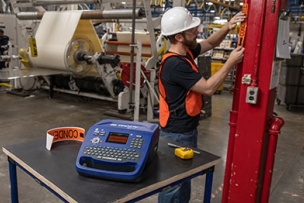


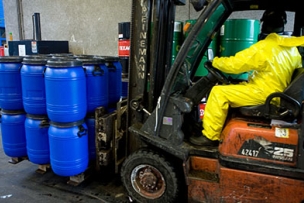
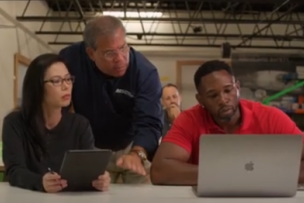
Talk to Us!
Leave a reply
Your email address will not be published. Required fields are marked *